1. Chappet V. 1894; Cancer epithelial primitif du canal cholédoque. Lyon Med. 76:145–157.
2. Gu C, Lin YE, Jin H, Jian Z. 2015; Biliary papillomatosis with malignant transformation: a case report and review of the literature. Oncol Lett. 10:3315–3317. DOI:
10.3892/ol.2015.3682. PMID:
26722332. PMCID:
PMC4665382.

3. Imvrios G, Papanikolaou V, Lalountas M, Patsiaoura K, Giakoustidis D, Fouzas I, et al. 2007; Papillomatosis of intra- and extrahepatic biliary tree: successful treatment with liver transplantation. Liver Transpl. 13:1045–1048. DOI:
10.1002/lt.21207. PMID:
17600352.

4. White AD, Young AL, Verbeke C, Brannan R, Smith A, Prasad KR. 2012; Biliary papillomatosis in three Caucasian patients in a Western centre. Eur J Surg Oncol. 38:181–184. DOI:
10.1016/j.ejso.2011.11.007. PMID:
22154963.

5. Vassiliou I, Kairi-Vassilatou E, Marinis A, Theodosopoulos T, Arkadopoulos N, Smyrniotis V. 2006; Malignant potential of intrahepatic biliary papillomatosis: a case report and review of the literature. World J Surg Oncol. 4:71. DOI:
10.1186/1477-7819-4-71. PMID:
17026772. PMCID:
PMC1618388.

6. Li Z, Gao C, Zhang X, He Z, Abm K, Biswas S, et al. 2015; Intrahepatic biliary papillomatosis associated with malignant transformation: report of two cases and review of the literature. Int J Clin Exp Med. 8:21802–21806. PMID:
26885145. PMCID:
PMC4723990.
7. Cheng MS, AhChong AK, Mak KL, Yip AW. 1999; Case report: two cases of biliary papillomatosis with unusual associations. J Gastroenterol Hepatol. 14:464–467. DOI:
10.1046/j.1440-1746.1999.01895.x. PMID:
10355511.

8. Yeung YP, AhChong K, Chung CK, Chun AY. 2003; Biliary papillomatosis: report of seven cases and review of English literature. J Hepatobiliary Pancreat Surg. 10:390–395. DOI:
10.1007/s00534-002-0837-0. PMID:
14598142.

9. Bedossa P, Paradis V. Jarnagin WR, Belghiti J, Büchler MW, Chapman WC, D'Angelica MI, DeMatteo RP, editors. 2012. Tumors of the liver: pathologic aspects. Blumgart’s surgery of the liver, biliary tract, and pancreas. 5th ed. Elsevier Saunders;Philadelphia: p. 1223–1249.
10. Lee SS, Kim MH, Lee SK, Jang SJ, Song MH, Kim KP, et al. 2004; Clinicopathologic review of 58 patients with biliary papillomatosis. Cancer. 100:783–793. DOI:
10.1002/cncr.20031. PMID:
14770435.

11. Ferraro D, Levi Sandri GB, Vennarecci G, Santoro R, Colasanti M, Meniconi RL, et al. 2019; Successful orthotopic liver transplant for diffuse biliary papillomatosis with malignant transformation: a case report with long-term follow-up. Exp Clin Transplant. 17:835–837. DOI:
10.6002/ect.2017.0134. PMID:
29534660.

12. Caso Maestro Ó, Justo Alonso I, Rodríguez Gil Y, Marcacuzco Quinto A, Calvo Pulido J, Jiménez Romero C. 2018; Tumor recurrence after liver transplantation for diffuse biliary papillomatosis in the absence of invasive carcinoma. Rev Esp Enferm Dig. 110:526–528. DOI:
10.17235/reed.2018.5557/2018. PMID:
29938516.
13. Vibert E, Dokmak S, Belghiti J. 2010; Surgical strategy of biliary papillomatosis in Western countries. J Hepatobiliary Pancreat Sci. 17:241–245. DOI:
10.1007/s00534-009-0151-1. PMID:
19649560.

14. Bechmann LP, Hilgard P, Frilling A, Schumacher B, Baba HA, Gerken G, et al. 2008; Successful photodynamic therapy for biliary papillomatosis: a case report. World J Gastroenterol. 14:4234–4237. DOI:
10.3748/wjg.14.4234. PMID:
18636672. PMCID:
PMC2725388.

15. Cheong CO, Lim JH, Park JS, Park SW, Kim HK, Kim KS. 2015; Volume-reserving surgery after photodynamic therapy for biliary papillomatosis: a case report. Korean J Gastroenterol. 66:55–58. DOI:
10.4166/kjg.2015.66.1.55. PMID:
26194131.


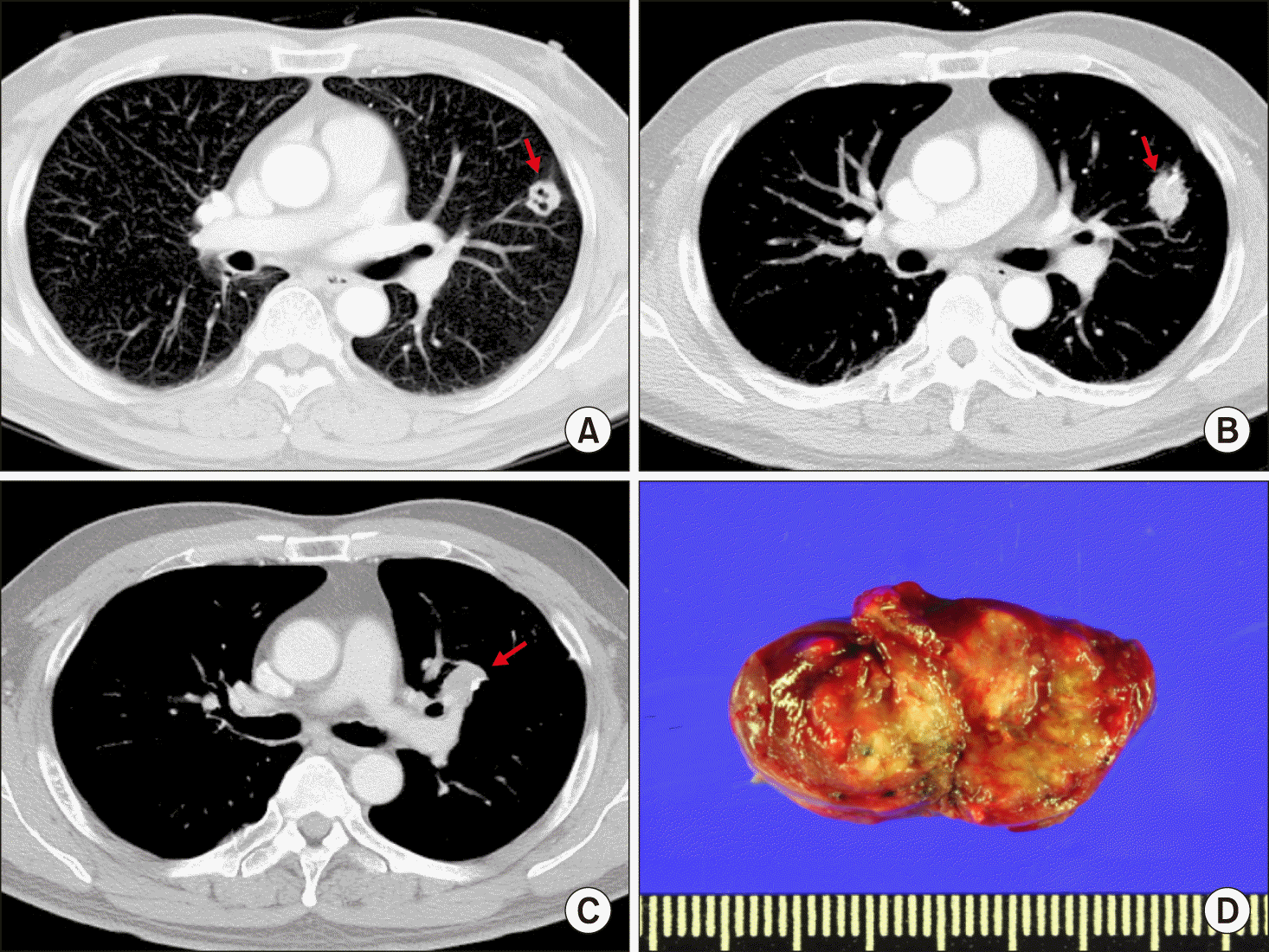




 PDF
PDF Citation
Citation Print
Print





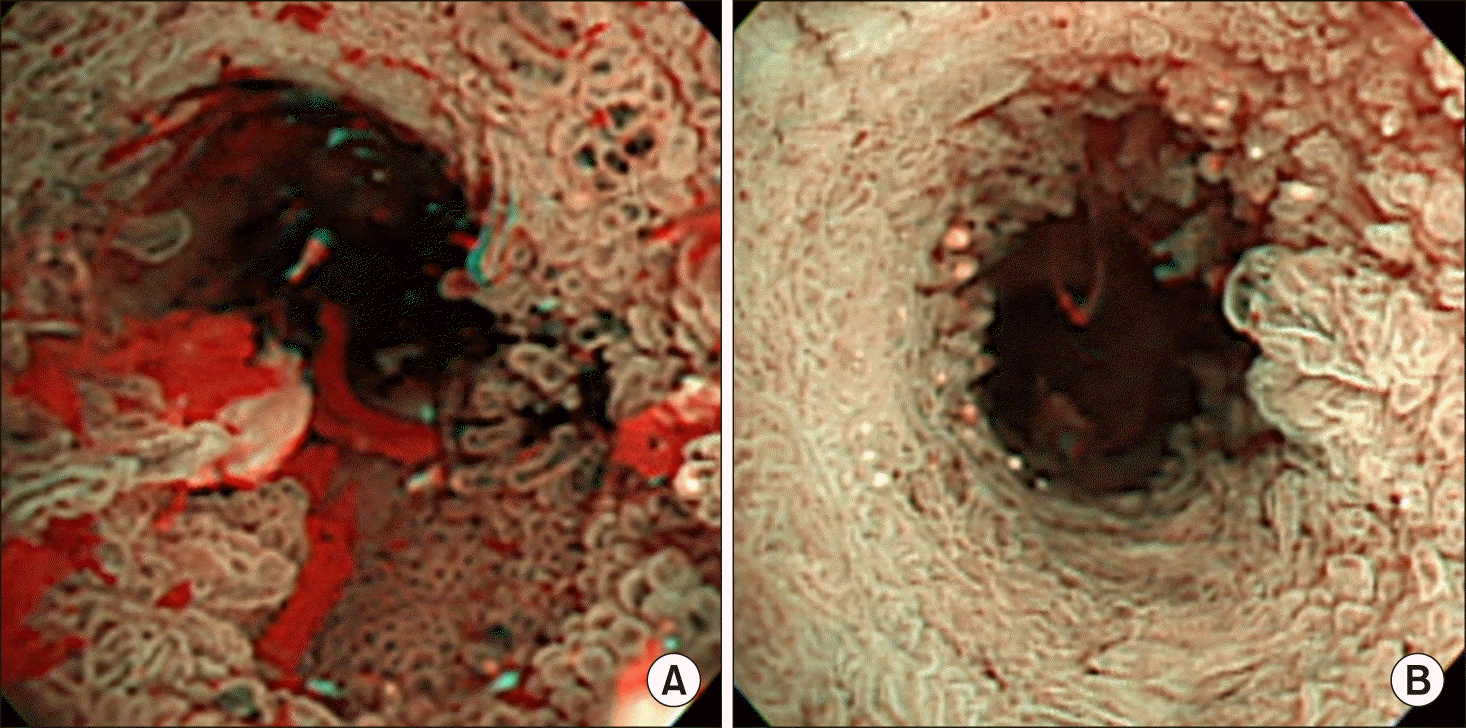
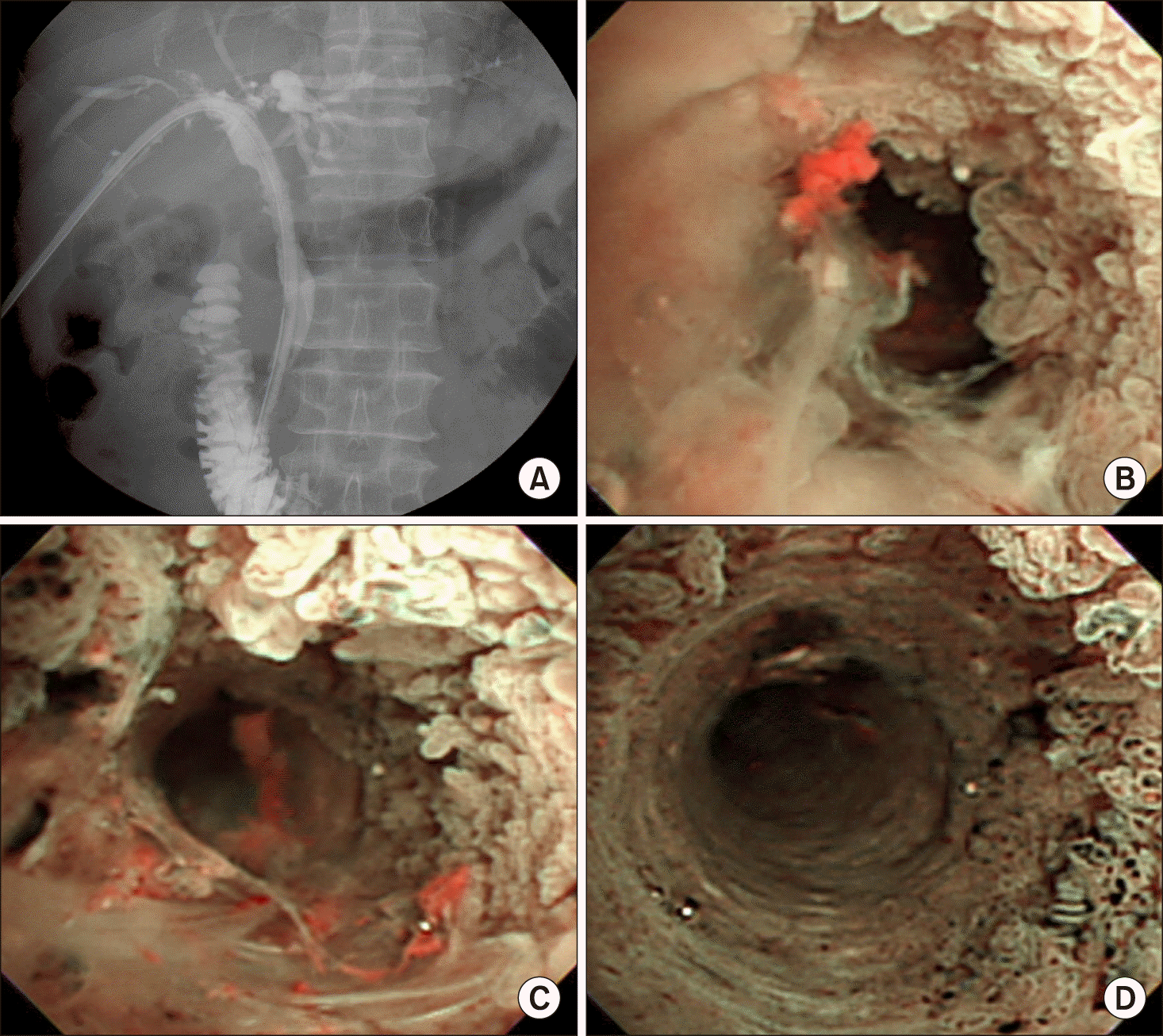
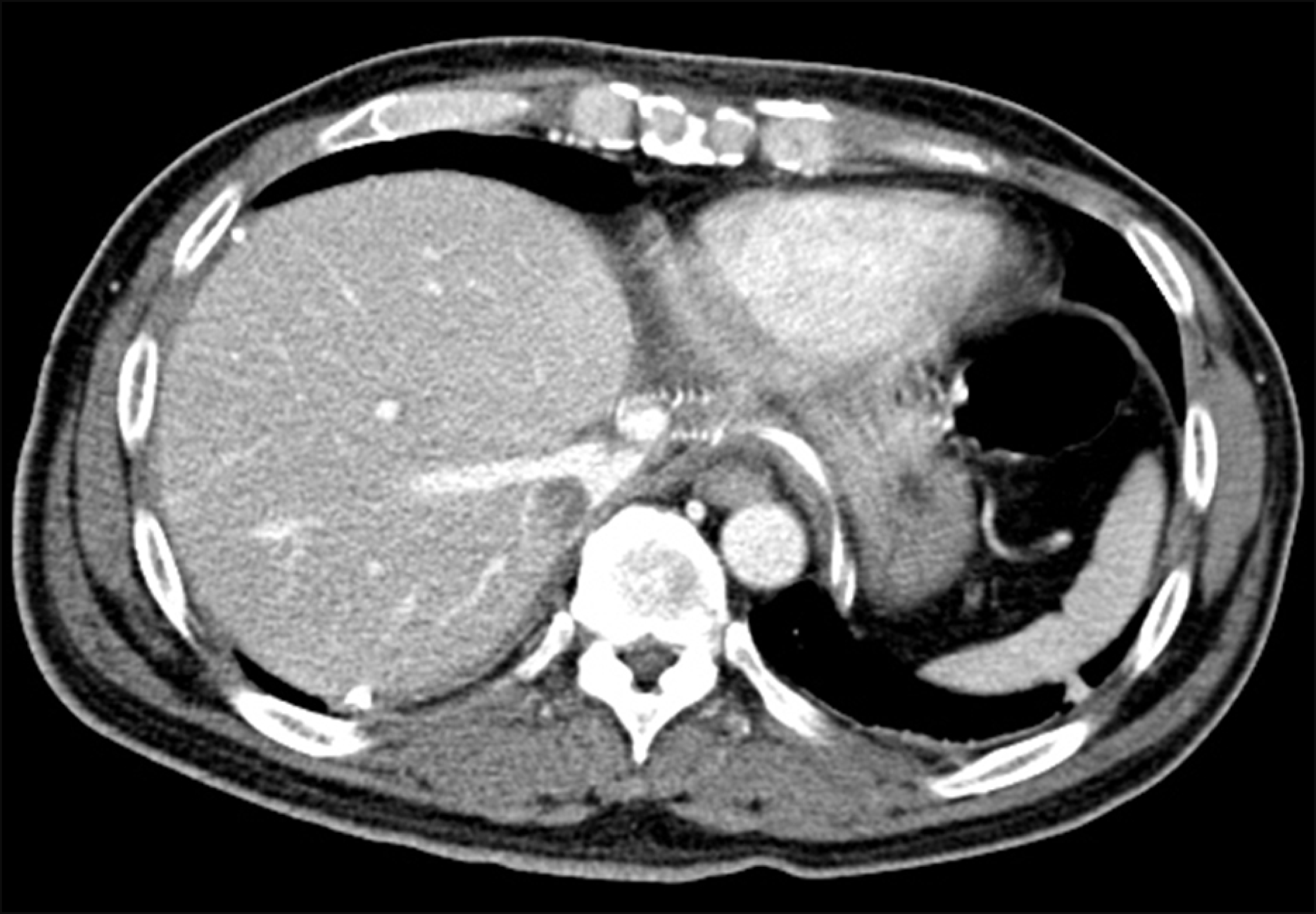
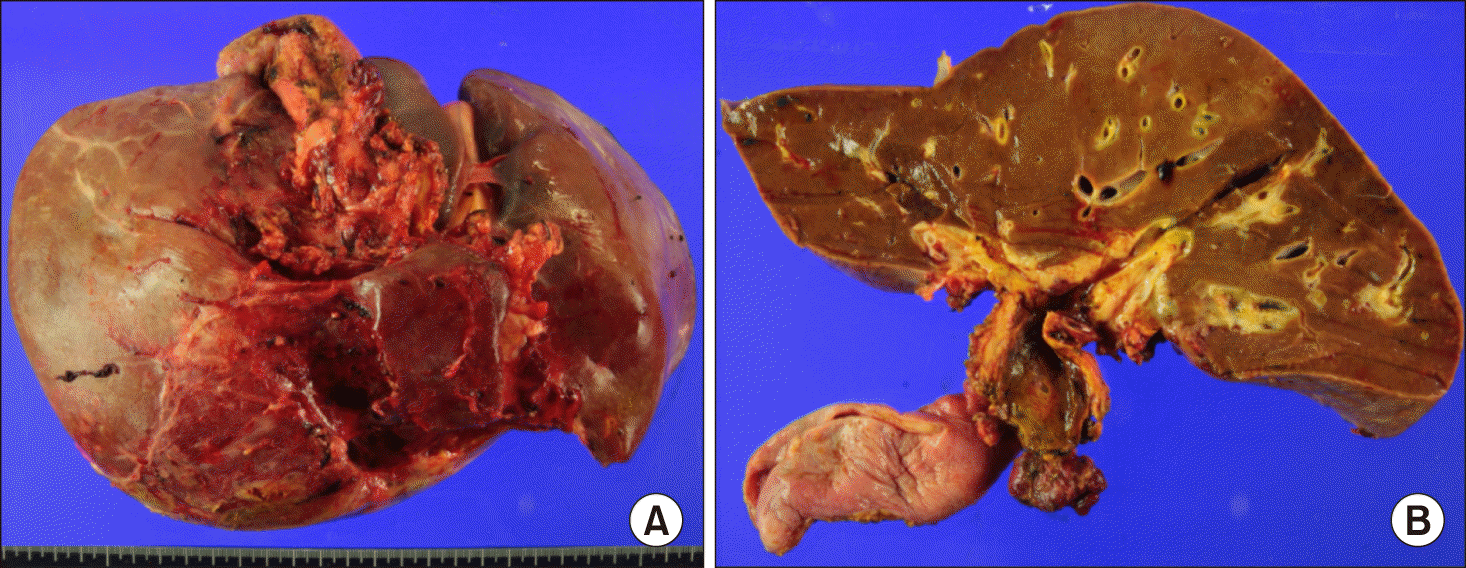

 XML Download
XML Download